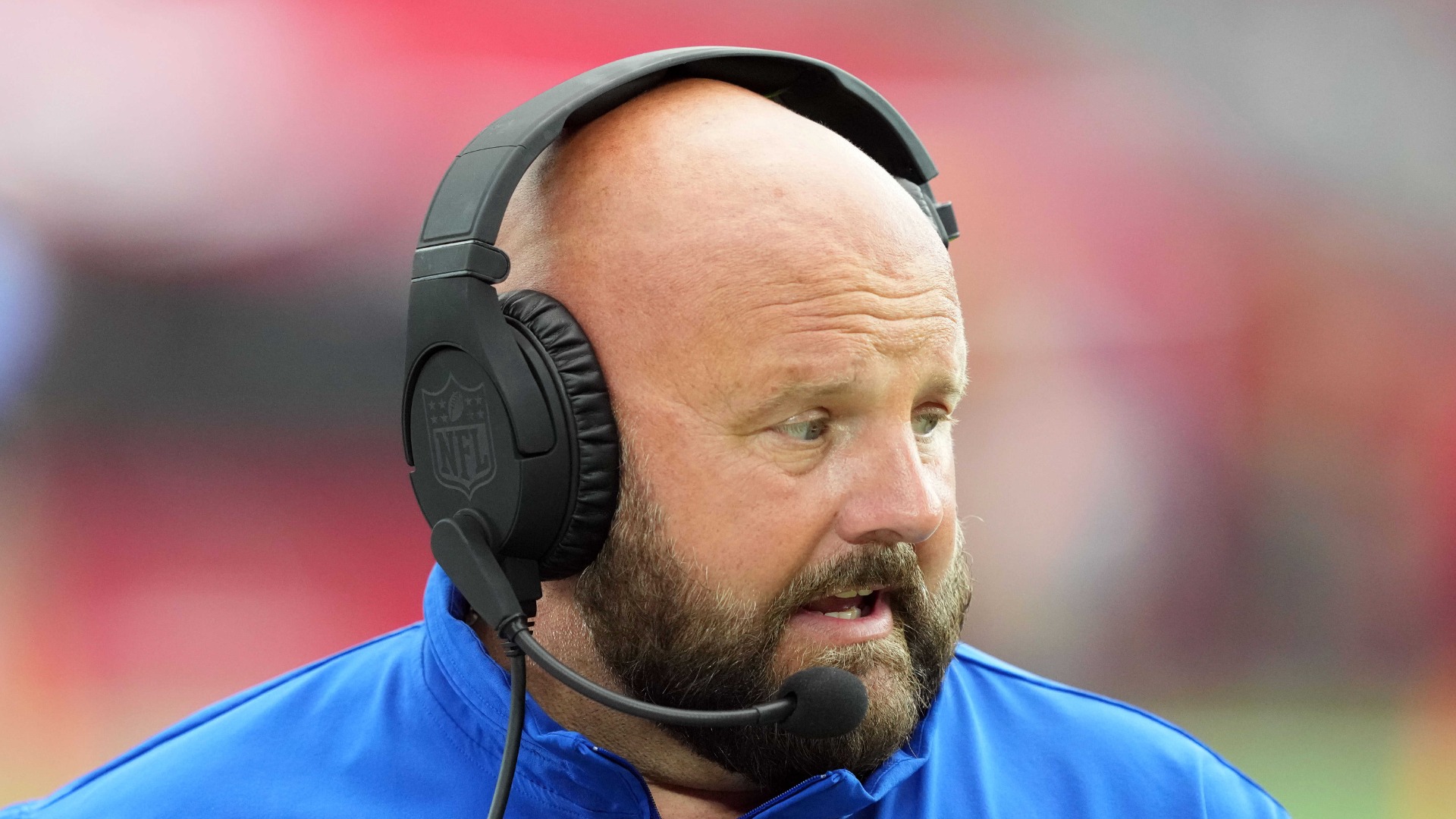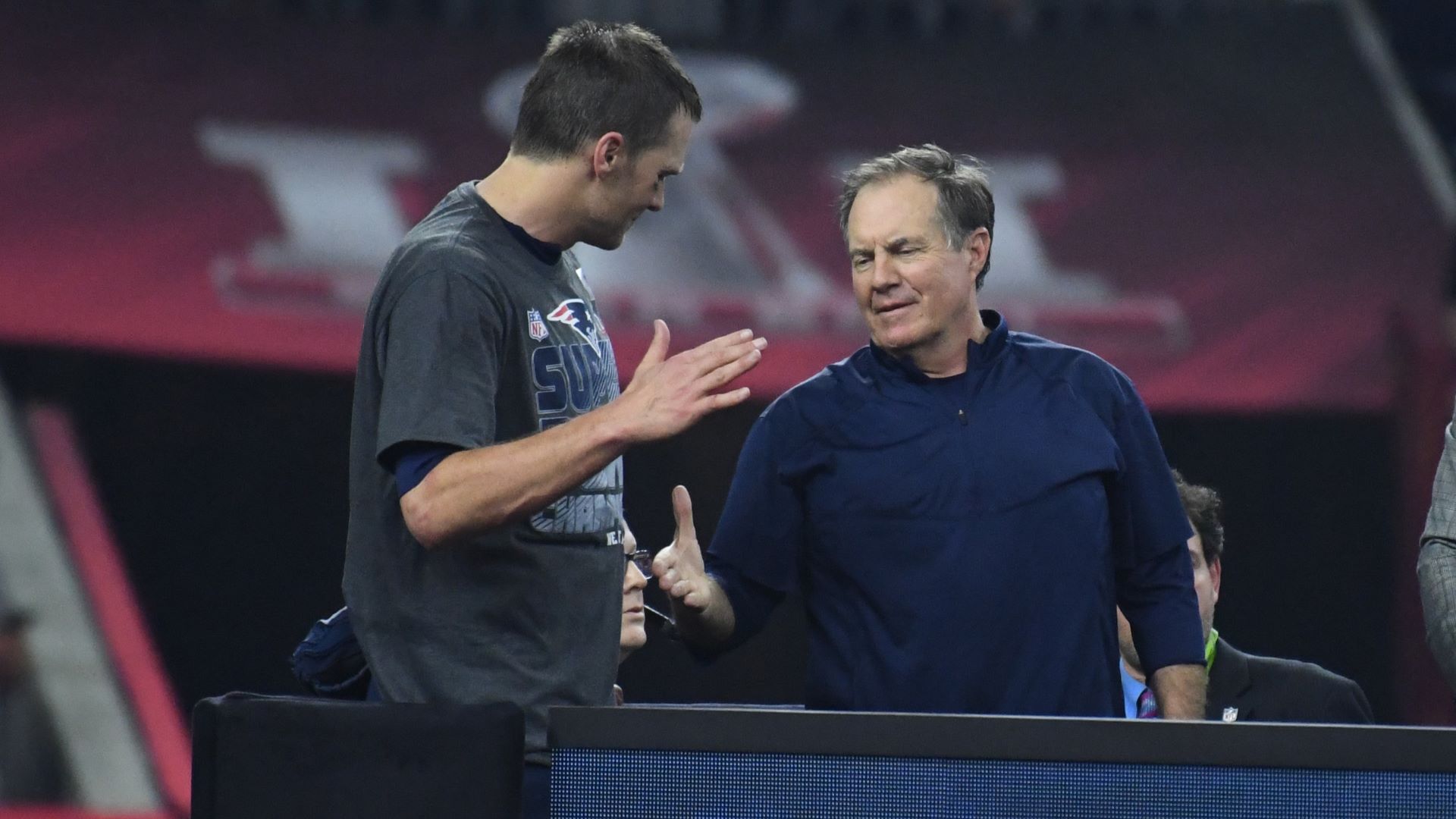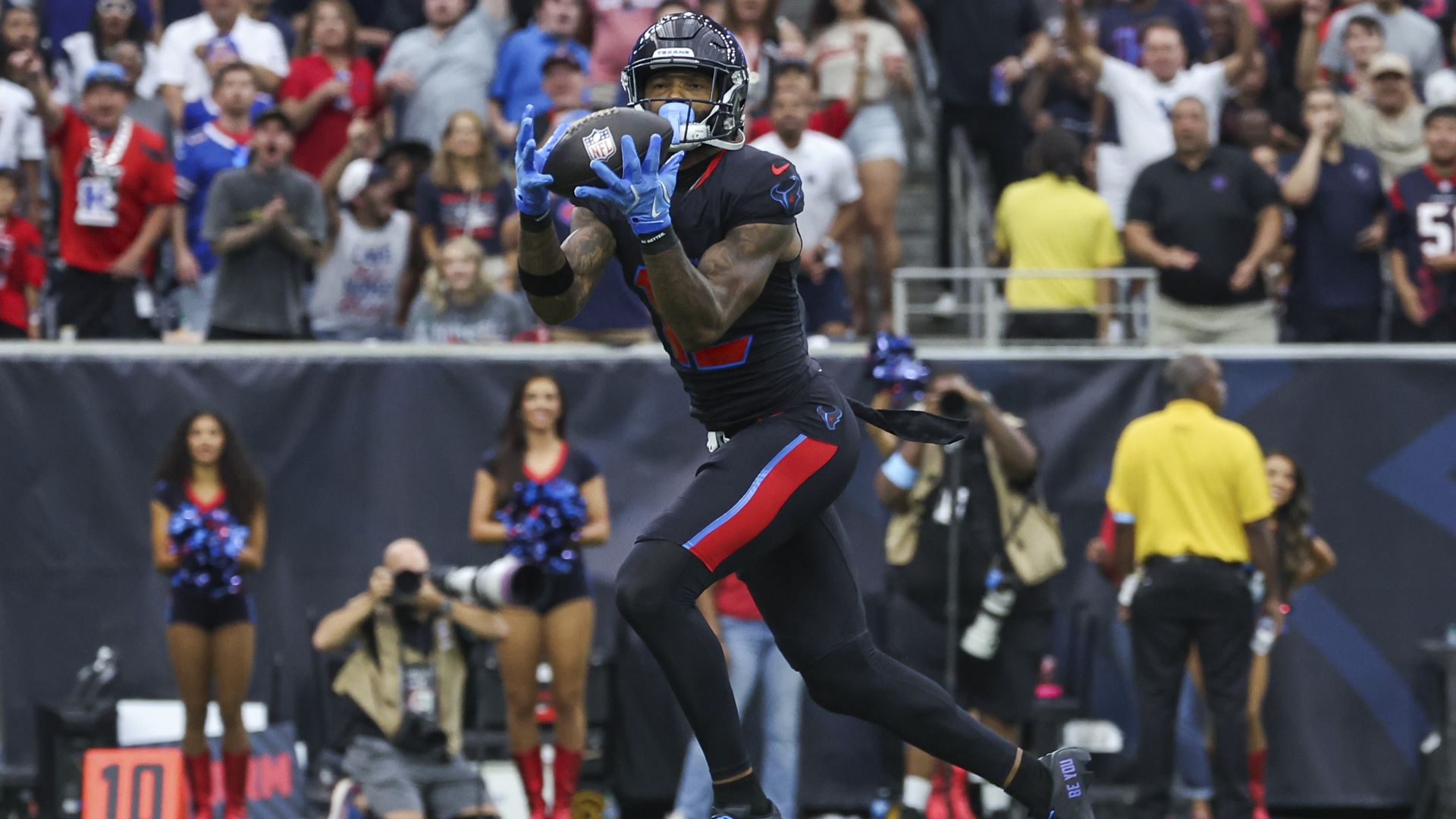It’s the most basic of hockey plays. No action can start without it. But there’s nothing simple about the faceoff.
“Draws are an art, and if you ask anybody, even the top guys still don’t have it figured out,” Bruins center Gregory Campbell said. “It’s a lot of practice. It’s something that you have to take pride in, because it’s a big part of the game.”
Campbell has figured it out better than most. He currently ranks 10th in the NHL, winning 56 percent of his faceoffs, and Claude Julien frequently calls upon Campbell to take important defensive-zone draws late in close games. The Bruins as a team are the top faceoff club in the league. They’ve won 55.1 percent of the faceoffs they’ve taken this year. San Jose is a distant second at 53.8 percent.
Boston is also the only team with four players in top 35 individually, with Patrice Bergeron third at 58.0 percent, Campbell 10th, David Krejci 34th at 52.6 percent and Chris Kelly 35th at 52.4 percent. Rich Peverley actually has highest winning percentage on the team at 60.1 percent, but has not taken enough draws to qualify for the league lead.
“It’s important to start with the puck,” Julien said after a recent game. “I’m on the guys a lot for that because I feel it’s an important part of the game. If you want to control it, you’ve got to start with the puck, and you’ve got to have it on your stick.
“To me, it’s always been an important part of my philosophy as far as coaching and you look at those things and we always talk about little details making a big difference in a game and those are little details that go a long ways,” Julien added prior to another game. “Being able to rely on our centermen to do a good job on faceoffs, as a team I think we’ve been pretty good this year.”
But how have the Bruins been able to get so good at winning the war in the faceoff circle? Campbell takes us inside the art of winning draws in the NHL.
The first step is knowing the opposition. There is some scouting involved and teammates can help with tips on what opposing centers like to do, but there’s no replacement for firsthand experience.
“I think it’s a lot of reading the opposing players,” Campbell said. “Other players have different tendencies. If you’re going against like [Tomas] Plekanec from Montreal, he tends to tie up and kind of block your stick from sweeping through and uses his feet. I think you have to be able to adjust throughout the course of the game.”
Those adjustments come quickly as you gain knowledge of an opponent’s tendencies over the course of the game.
“It’s more just experience playing against guys,” Campbell said. “Whether you’re on your forehand or your backhand you have to adjust as well. If somebody is doing something, you might want to talk it over with your wingers or defensemen and say listen, ‘This guy’s been tying my stick up all night.’ So that creates a battle there so just come in and help. Because a lot of times if you’re not going to win it clean you need help from your linemates or the two defensemen.”
That’s one of the biggest misconceptions about faceoffs. While only the center is credited with a win or a loss on the draw, it’s far from a one-man job.
“It’s definitely a five-man responsibility,” Campbell said. “Obviously the center bears it on his shoulders the most and gets credit for it and when he loses it gets the blame, but your linemates have to show some awareness with being quick to jump in there. A lot of times it’s a stalemate there where the puck’s just laying there and you need that extra help from the wingers. Any center will tell you that the success of the center has a lot to do with the wingers and the defensemen.”
Campbell credits his teammates for his success this season in other ways. The fact that Boston has so many good faceoff men allows them to hone their skills against each other in practice, pushing each other to perfect the craft.
“Obviously it helps me a lot working on it,” Campbell said. “We do it always after morning game-day skates, and we have some pretty good faceoff men on this team. Bergy is one of the best, Bergy, Kells and Pevs are all extremely good at it. They’ve been working at it for a long time, so I try to learn from them.”
The Bruins also benefit from the club’s depth down the middle in other ways. It allows them to play matchups to gain an advantage and take some risks on the draws, knowing that if a center is kicked out of the circle there’s always another experienced faceoff man on the ice to step in.
“I think it helps,” Campbell said. “Right now we have two righties playing center and two lefties playing center, so I think Claude does a good job of reading the game, seeing who’s doing well on that particular night and putting us out there in situations where we’re going to succeed. Sometimes it’s tough for a lefty to go out there on his weak side against somebody that’s good on draws who’s on his strong side. So he’ll put out two righties and if one gets kicked out he has confidence that the other can go in and win it. We also have the ability to have more than one natural centerman on a few lines, so that’s something that helps too.”
Just as in real estate, when it comes to faceoffs, it’s all about location, location, location. Where the draw takes place can have a major impact on the technique a player uses.
“I think in the offensive zone sometimes you’re more creative,” Campbell said. “You set up a play off a draw. In the offensive zone it’s more about getting the win, and winning it clean. In the defensive zone it doesn’t matter if you tie up, as long as you get the help. You just don’t want to lose it clean. In the offensive zone sometimes you want to go forward and make a play off it that way, but in the defensive zone it’s all about not losing it clean.”
A center has to know his opposition’s tendencies and have faith that his own linemates will be in position to help when needed, but there’s another guy on the ice that’s just as important to determining the outcome of a draw. The linesman dropping the puck can have just as big an impact on the play, and centers like Campbell are very aware of the guy in stripes. They pay attention to how the different linesmen drop the puck, and more importantly, they know exactly how much each of the linesmen will let them get away with in their quest to win those all-important draws.
“Some linesmen are more strict than others,” Campbell said. “They won’t let you cheat as much. And every centerman in the league cheats. That’s something that you have to kind of push your limits to see what you can get away with. Worst-case scenario you get kicked out, but there’s always a little battle in the faceoff circle with the two centermen trying to get leverage and trying to get your stick in there, your head in there, your body in there and disrupt his stride. Most linesmen are consistent, but you definitely want to be aware of that.”
There’s an awful lot to be aware of during a draw, as the most basic of hockey plays is actually quite complicated after all.



